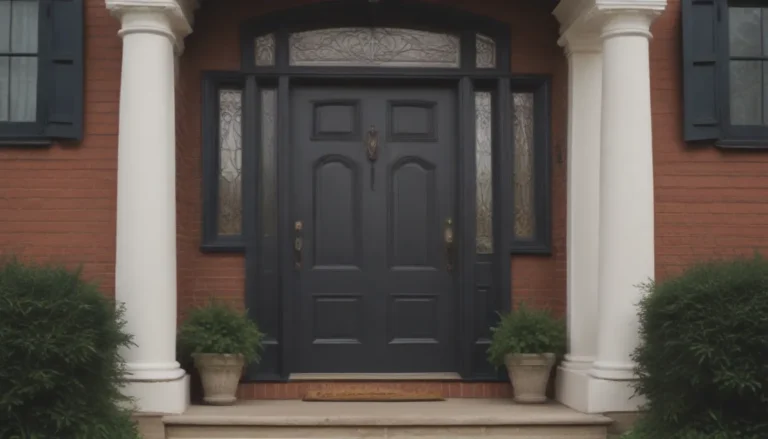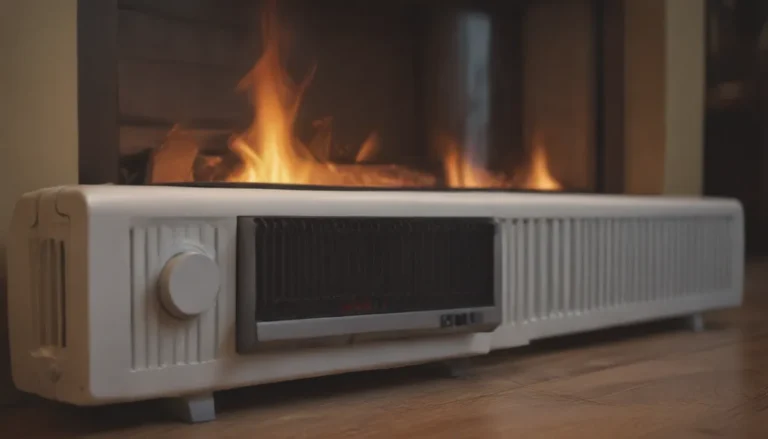Understanding Short Circuits: What They Are and How to Deal with Them

Short circuits can be a scary occurrence in your home. The sudden spark, fire, or tripped circuits can leave you feeling overwhelmed. However, with a little detective work, you can often identify the cause of the short circuit and even fix it yourself. Let’s dive into what short circuits are, what causes them, and how you can safely address them.
What is a Short Circuit?
A short circuit occurs in an electrical circuit when the electrical current flows through an unintended, shorter pathway instead of following the intended circuit. Electricity naturally wants to flow along the path of least resistance, which is typically the shortest path available. When a shorter path is provided, such as through a fault in the wiring, the electricity diverts from its intended course and takes the shorter route to ground. This sudden change in the flow of electricity is what we refer to as a short circuit.
Why Copper Wires are Essential
Copper is the primary material used for electrical wiring due to its excellent conductivity. Other materials, such as wood or fiber, are inefficient conductors of electricity and can lead to problems like short circuits. Even materials like steel or iron, while better than wood or fiber, are not ideal for wiring purposes.
Causes of Short Circuits
Short circuits can be caused by various factors, including:
- Faulty Wiring: Wiring that is damaged, exposed, or not installed correctly can lead to short circuits.
- Overloading Circuits: Plugging in too many devices to a single circuit can overwhelm it and cause a short circuit.
- Moisture: Water or moisture coming into contact with electrical components can lead to a short circuit.
- Aging Equipment: As electrical components age, they can deteriorate and increase the risk of short circuits.
Short Circuit Protections
In your home, you have safeguards in place to prevent the dangers associated with short circuits. Circuit breakers, ground-fault circuit interrupters (GFCIs), and arc fault circuit interrupters (AFCIs) are designed to trip and cut off power when they detect a short circuit, reducing the risk of fire and electrical shock.
Signs of a Short Circuit
It’s essential to be able to recognize the signs of a short circuit so you can address the issue promptly. Some common signs include:
- Devices Turning Off: All devices on a shorted circuit will shut off abruptly.
- Breaker Tripping or Fuse Blowing: A short circuit will usually cause the circuit breaker to trip or a fuse to blow, cutting off power to the affected circuit.
- Evidence of Previous Short Circuits: Look for charred wires, burn marks, or unusual smells that may indicate a past short circuit.
If you experience any of these signs, it’s crucial to take action to prevent further damage or potential harm.
Risks of Short Circuits
Short circuits are not just inconvenient—they can be hazardous. When a short circuit occurs, the current may flow through the human body, causing electrical shock, electrocution, or fires. The increased power demand during a short circuit can lead to high temperatures that can melt plastic components or ignite flammable materials in your home.
How to Find and Fix Short Circuits
If you suspect a short circuit in your home, it’s essential to address it promptly and safely. Here are some steps to help you identify and remedy the issue:
Isolating the Circuit
- Identify the circuit that is experiencing the short circuit.
- Make sure you are only dealing with the affected circuit.
Making the Circuit Safe
- Turn off the circuit breaker controlling the affected circuit.
- Ensure the circuit breaker is in the off position before proceeding.
Examining Devices and Wiring
- Identify all devices on the circuit, including outlets, switches, appliances, and lights.
- Check for signs of damage like melted plastic, burn marks, or unusual smells.
- Inspect wiring inside devices, junction boxes, and electrical fixtures for any visible issues.
Seeking Professional Help
If you encounter difficulties in finding or fixing the short circuit, it’s always best to call a licensed, qualified electrician for assistance. Electrical work can be dangerous, and it’s essential to prioritize safety when dealing with electrical issues in your home.
Remember, a short circuit is not something to take lightly. By understanding what causes short circuits, recognizing the signs, and taking appropriate action to address them, you can help ensure the safety of your home and prevent potentially dangerous situations. If in doubt, always seek professional help to handle electrical problems effectively and safely.





